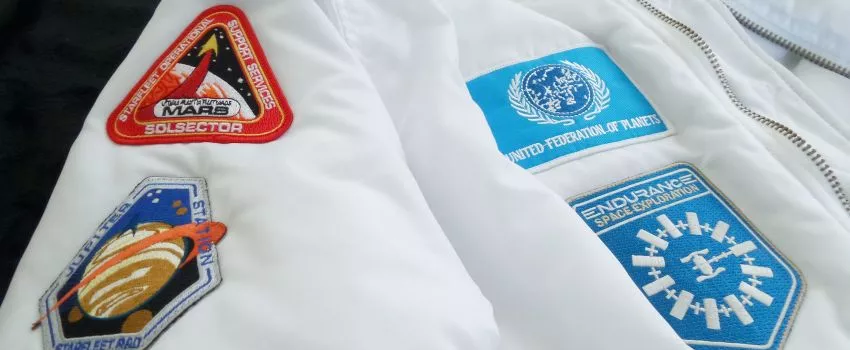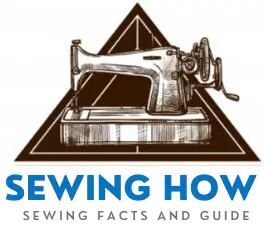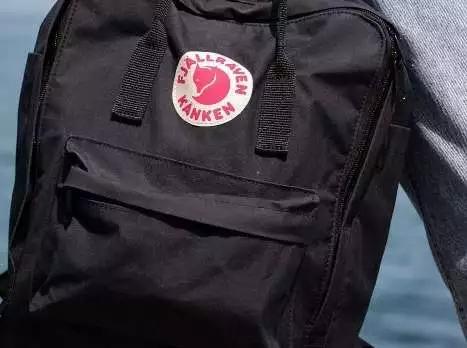A patch is also popularly known as a cloth badge. It comprises an embroidered piece of fabric typically developed through fabric backing and a thread that can be affixed to another garment either through sewing it on the garment, ironing it on the garment, or by using pins.
Patches have been used for many years and have become popular among many subcultures. Are you planning to have an iron-on patch, but you are unsure how to identify it from others? In this article, we look at the iron-on patch and how to distinguish the patch from other types of patches.

What Is An Iron-on Patch?
Just as the name hints, an iron-on patch is a patch that enhances fabric and is mainly embroidered and attached to different types of clothing or materials for various reasons using an iron.
For example, the iron-on patch can be used to identify one that belongs to a specific group, can be used for decoration purposes, and can cover a hole in the clothing.
The iron-on patch has an adhesive at the back, and when the heat heats the glue from the iron, the adhesive is activated, thus sticking the patch to the fabric.
3 Ways To Tell If A Patch Is Iron-On
To tell if a patch is iron-on, you can inspect the patch’s backing, examine the patch’s border on the back, iron the iron on the patch, and seek clarification from the seller.
Inspect The Backing Of The Iron-on Patch
One of the notable characteristics of the iron-on patch is that there is an adhesive triggered by heat on the back of the patch. Thus, by simply inspecting the back of the patch, you can quickly tell whether the patch is iron-on or not.
For iron-on patches, when you touch the back, it won’t be sticky as heat will be needed to activate the adhesive. Thus, if you feel some stickiness to a patch that has not come into contact with heat, that is not an iron-on patch.
A sticky patch that is yet to come into contact with heat mainly has a tape attached to it and can thus not be an iron-on patch since the patch can stick to the garment without heat, while an iron-on patch needs heat to attach to the garment.
Examine The Patch’s Border On The Back
When you closely look at the patch’s border on the back, you can tell whether the patch is iron-on or not easily. Indeed, for iron-on patches, their borders have the adhesive triggered by heat from the iron, while for other types of patches, you cannot find the adhesive on the border.
The adhesive, in this case, can be easily identified by the shiny material that stretches to all edges. In contrast, the polished material does not extend to all edges in other patches.
Ironing The Iron-on Patch
To be 100% sure that the patch on your hands is iron-on, why not iron it? You need a fabric to attach the patch, an iron, a craft table or iron board, and the patch itself.
Preheat your iron and place it on top of the patch positioned at the exact point that you want it to be on your cloth. Then, slowly move the iron in a circular motion on top of the patch for about 30-45 seconds.
If the patch firmly sticks to the garment, then that is a clear indicator that your patch is iron-on. If it cannot attach to the garment, the patch is not iron-on. If you don’t have an iron or you want to test the patch quicker, you could use a hair straightener.
Seek Clarifications From The Seller
At the point of purchase, you can ask the seller whether the patch is iron-on or not. Moreover, you may also want to look at the packaging of the patch since, in some cases, the packaging of the patches specifies whether the patch is an iron-on patch or a sew-on patch.
Whenever you buy the patch from a physical store or an online store, you should seek clarification if you are unsure whether it is the type of patch you are looking to purchase.
Final Remarks
Iron-on patches are better than other patches as they are easy to fix on the fabric. Moreover, the process is also quick and straightforward since if you were to opt for sew-on patches, you have to plan on the actual sewing, which would take a lot of time.






